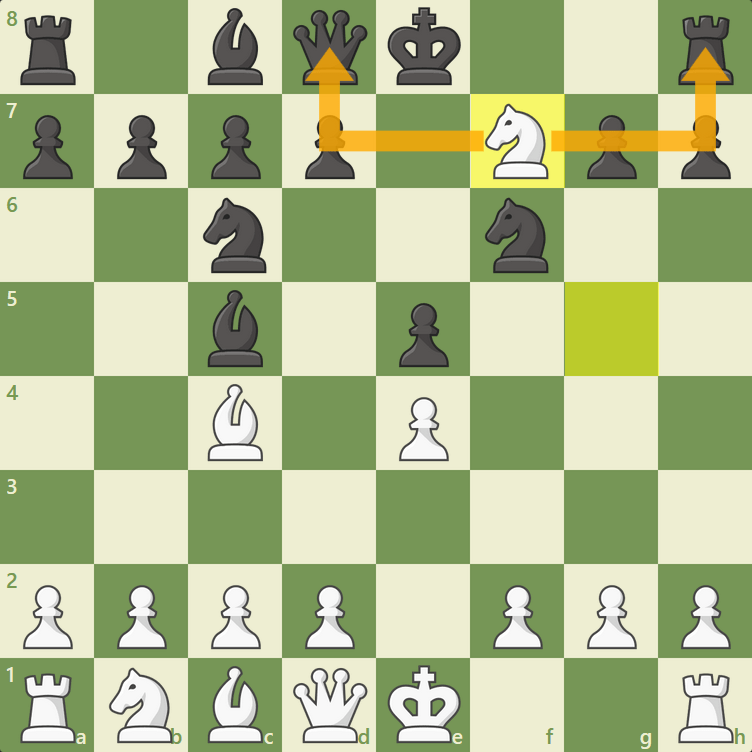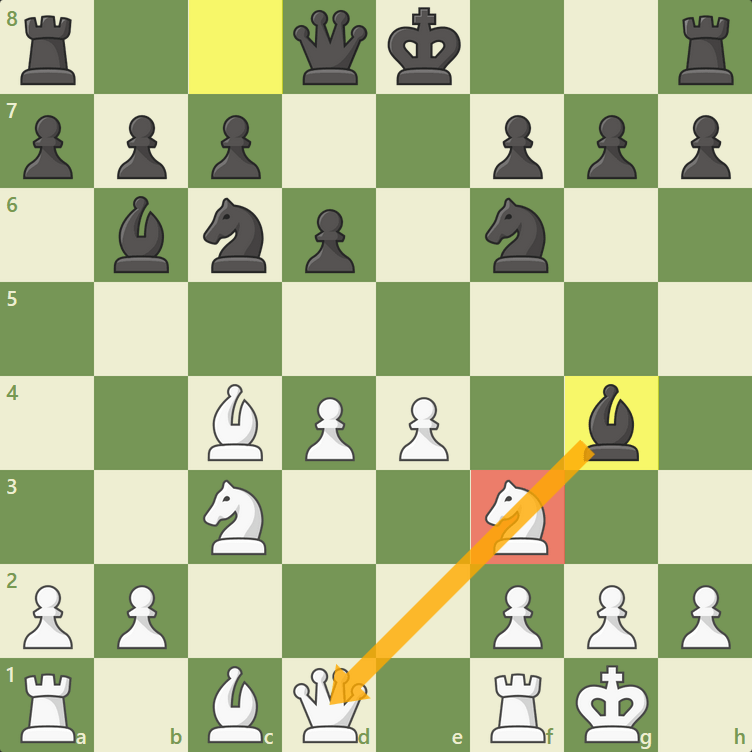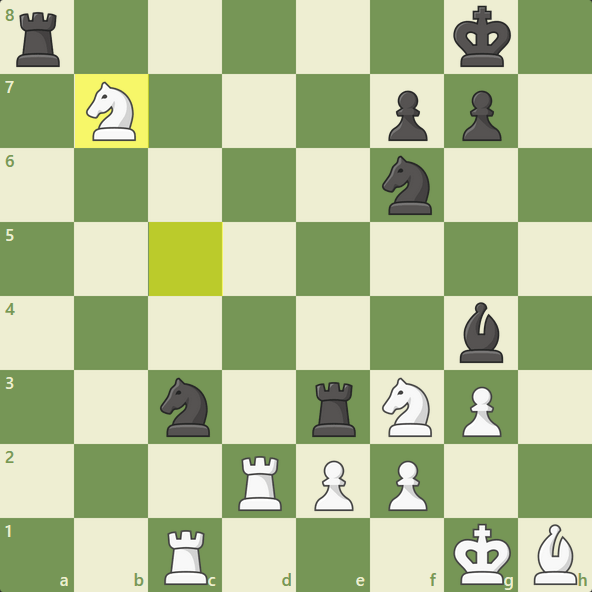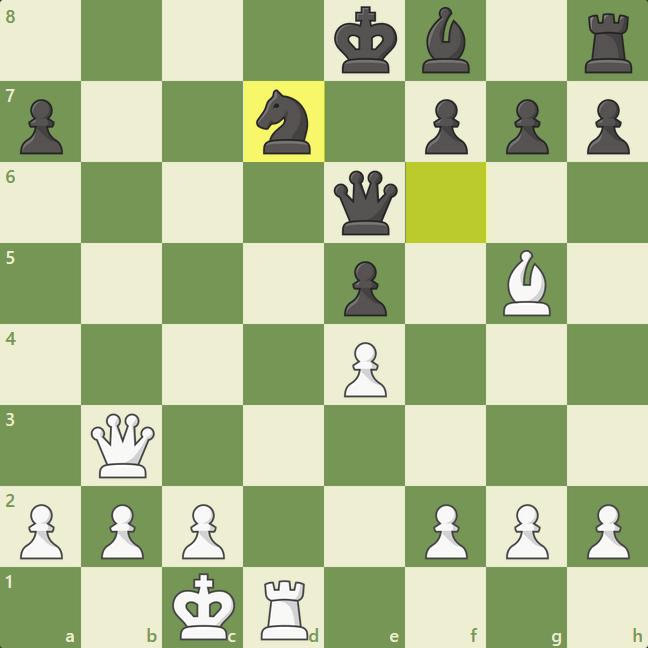
Chess Tactics
There is a famous saying that "chess is 99 percent tactics." Even though that is an exaggeration, tactics can end a game in just a few moves. Learn everything about tactics and how you can use them to win more games.
Here is what you need to know about chess tactics:
What Are Tactics In Chess?
Tactics happen in chess when a player makes a maneuver that seizes immediate opportunities, such as material gain or checkmate. These moves must be forcing so the other player cannot escape them.

Basic Tactics
There is a wide variety of tactics in chess. Four of them are the basic tactics that most commonly appear in chess games and, therefore, are of the utmost importance to every chess player. Many other more advanced tactics also stem from the following basic tactics.
Pins
Pins happen when a piece attacks an opponent's piece aligned with another more valuable piece or critical square. The attacked piece is then "pinned" to the board since moving it would cause the attacked player to suffer a significant loss.

Skewers
Skewers are like backward pins. They happen when a piece attacks a more valuable piece aligned with a weaker piece. The more valuable piece has to move and allow the attacker to capture the piece behind it.

Forks
Forks happen when a single piece attacks two or more pieces simultaneously with no way for at least one of them to escape. Knights are especially useful for forking because of their unique movements.

Discovered Attacks
A discovered attack happens when a player moves a piece out of another piece's way to create an attack. If the uncovered piece attacks the enemy king, it is a discovered check.

Why Are Tactics Important?
Learning to identify and play tactics is a crucial skill for every chess player. Since tactical shots usually lead to a material gain or checkmate, playing them gets you much closer to victory.
Great tactical players like GM Mikhail Tal, GM Judit Polgar, and GM Garry Kasparov have made history because of their amazing tactical abilities. Other players feared them because of their calculation power, acute tactical awareness, and aggressive play. They went on to become some of the best players in history.
The position below comes from a 1925 game between former world champion Alexander Alekhine and another brilliant player, Richard Reti. The material is balanced, but tactics abound, and it is Black to move.

Alekhine started a combination of moves that eventually led to a material gain. Reti resigned after realizing that he would not have a chance to play an endgame with a piece down against such a mighty player.
Winning material is one of the reasons why tactics are so powerful. But believe it or not, they can be even more destructive! The right combination of moves can bring the game to an end when one of the players is checkmated.
This next position is from the world-famous Opera Game played by the attacking genius Paul Morphy against Duke Karl and Count Isouard. Morphy is down in material, but he is about to win in just two moves. Can you see his game-ending combination?

Well done! Morphy sacrificed his queen to deflect the black knight and deliver checkmate with his rook!

As you can see, a player usually gains a significant advantage after employing a tactic. That is why training your tactical skills is one of the best ways to become a better chess player. If you want to learn about other more advanced tactics, you can head to our Lessons page or read this article about them.
Test Your Skills
Now that you know why tactics are vital for chess players, it is time for you to put your skills to the test. Try to find the moves by great players from the past by finding a decisive tactical shot.
Puzzle 1: Can you beat a world champion? In this game, Alexander Alekhine was playing as White against Jose Raul Capablanca. Can you find Alekhine's move that ends the game?
Puzzle 2: In this game between legendary GM Judit Polgar and GM Peter Svidler, Polgar demonstrates her tactical prowess. After winning the exchange with a knight fork, she is doing everything she can to convert the position. Svidler eventually slips and allows Polgar to put the nail in his coffin. Can you see her next move?
Puzzle 3: World champion GM Mikhail Tal was a tactical monster. In this game against GM Georgi Tringov, Tal takes advantage of a hidden fork to win material. Can you find Tal's winning move?
Conclusion
You now know what chess tactics are, how to identify the basic tactics, and how they can help you to win more games. Go to our Lessons page to learn more about this crucial concept and practice tactics with our Puzzles to become unstoppable!







